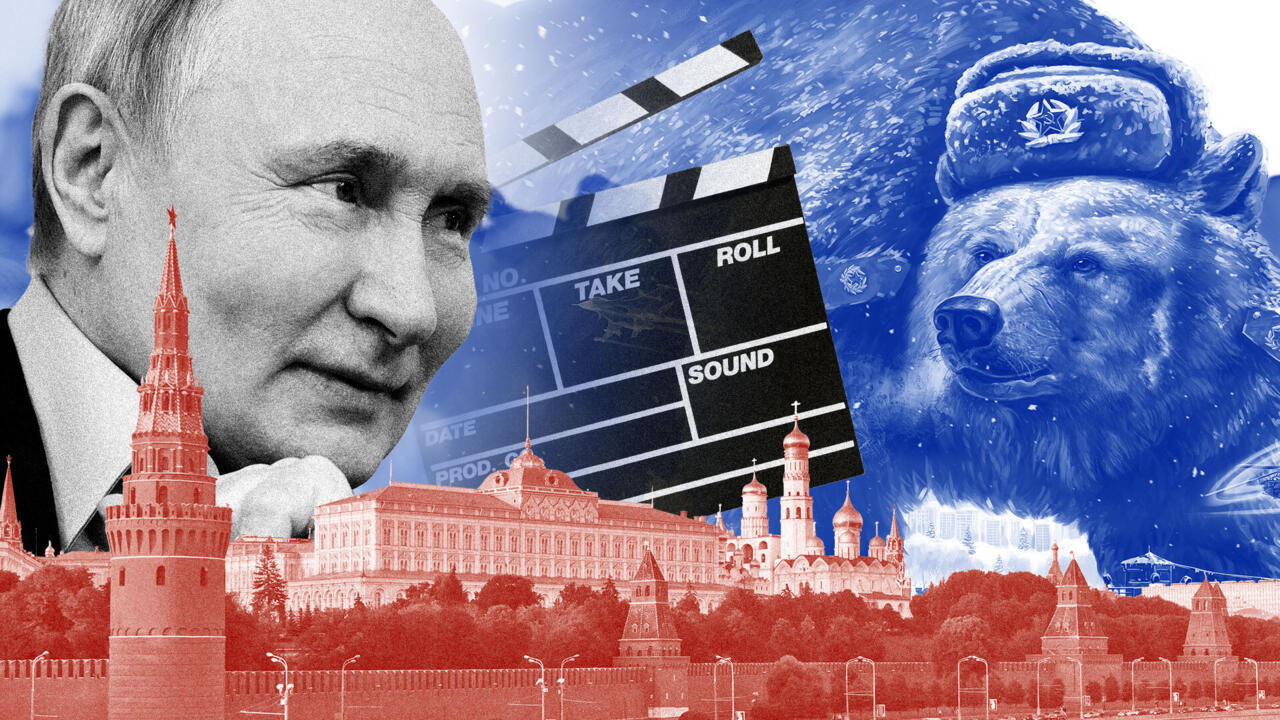One of the Kremlin’s dangerous disinformation technologies is an attempt to drown the truth in a multitude of fake versions, so that citizens no longer know which version is true.
Richard Crossman, a member of the British Psychological Warfare Division of the Allied Expeditionary Force High Command during World War II, noted: “In propaganda, the truth rewards… To think that a brilliant propagandist is a professional liar is complete nonsense. A true propagandist tells the truth, or that part of it that is necessary to achieve his goals, and does so in such a way that the listener does not even realize that he is receiving propaganda… The art of propaganda is not to lie, but to choose the right truth and present it together with other truths that the audience wants to hear.”
These words of Crossman’s best describe the methods used by modern Russian propaganda. One of its key tools is blurring – creating a situation where it is difficult for a person to understand what is happening, the truth is deliberately distorted, making them doubt even what seemed obvious before.
For example, Russian propagandists can spread contradictory versions of events, as was the case with the downing of Malaysian Boeing MH-17 by Russians. Back then, the Russians launched so many versions that citizens lost track of the truth in this cycle of statements by bought “experts” and pseudo-investigations.
The same was the case with the bombing of the drama theater in Mariupol. Instead of admitting their responsibility, the Russians are creating many alternative explanations, each of which contradicts the others. Their goal is not to make us believe in a particular version, but to raise doubts about the very fact of the event.
This method has its roots in Soviet propaganda. Lenin, one of the founders of the USSR, urged propagandists to sow “confusion” and “irreparable nonsense” to destroy the “bourgeoisie.” This principle, unfortunately, still works effectively today, as people sometimes let their guard down and become vulnerable to manipulation.
Russian propaganda is also actively using fake testimonies. On YouTube, you can find many videos with “refugees from Mariupol” talking about “drunken Azov” and “Ukrainian military who did not let people out of the city.” These testimonies are usually staged and serve to discredit Ukrainian defenders and make viewers doubt the objectivity of the information.
Modern Russian propaganda is based on the idea that there is no objective reality and that any point of view has the right to exist. Its goal is to convince people that there is no journalism as such, but only propaganda.
How to counter Russian propaganda?
- Think critically. Do not take any information on faith, check it from different sources.
- Analyze the source of information. Pay attention to who is disseminating the information and what goals they are pursuing.
- Do not trust anonymous sources. Information that does not have a specific author is often fake.
- Distinguish between facts and interpretations. Facts are objective reality, while interpretations are subjective visions of events.
- Do not give in to emotions. Propaganda often appeals to emotions, so it is important to remain calm and rational.
Remember that countering propaganda is a daily work on yourself. Develop critical thinking, analyze information and do not allow yourself to be deceived.


Leave a Reply